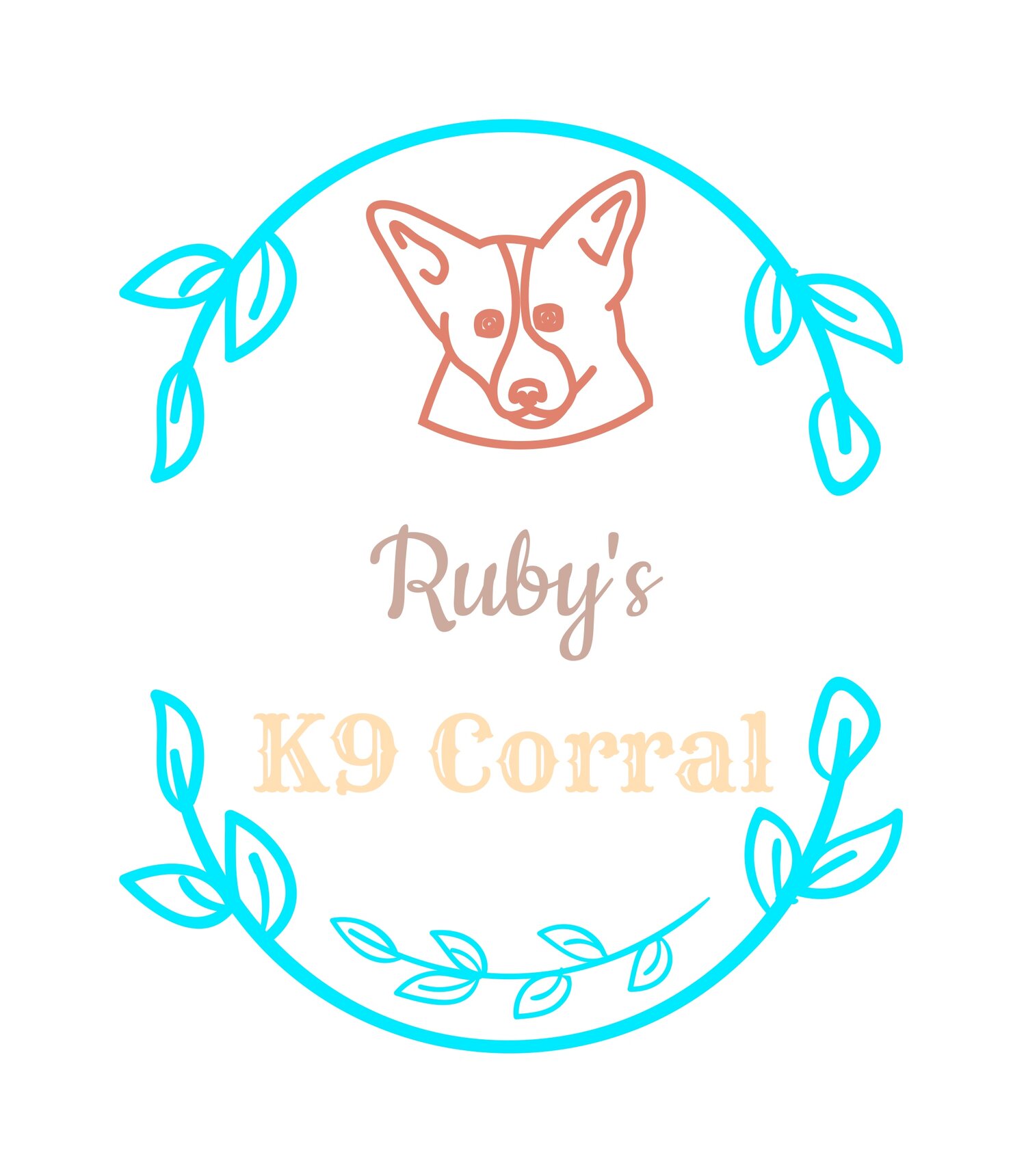Keeping Your Furry Friend Safe from Antifreeze Dangers
We aim to maintain our homes and cars to handle the chill. However, amidst these preparations, we must not forget our four-legged companions who rely on us for their safety. Antifreeze, commonly used in car engines to prevent freezing, poses a significant risk to dogs due to its toxic properties. Here's how you can protect your pet from the dangers of antifreeze.
**Understanding the Risk**:
Ethylene glycol, the primary ingredient in many antifreeze brands, has a sweet taste that can be irresistible to dogs. Ingesting even a small amount can lead to rapid kidney failure and death if not treated immediately.
**Prevention Tips**:
1. **Store Safely**: Keep antifreeze containers tightly closed and stored in secured cabinets out of the reach of pets.
2. **Immediate Clean-Up**: Spills should be cleaned promptly and thoroughly. Even tiny drips from your vehicle can be enough for a dog to lick up.
3. **Use Pet-Safe Products**: Consider using antifreeze products containing propylene glycol instead. While not completely non-toxic, they are less harmful than those containing ethylene glycol.
4. **Check for Leaks**: Regularly inspect your vehicle for antifreeze leaks and repair any issues immediately.
5. **Educate Others**: Make sure that everyone in your household understands the dangers of antifreeze and the importance of keeping it away from pets.
**Recognizing Symptoms**:
Early recognition is critical. Symptoms of antifreeze poisoning can appear within 30 minutes to 12 hours after ingestion and can include:
- Vomiting
- Seeming depressed or lethargic
- Appearing drunk and uncoordinated
- Seizures
- Excessive thirst and urination (as the toxin attacks the kidneys)
**What to Do**:
If you suspect your dog has ingested antifreeze, take immediate action:
1. **Do Not Wait**: Any suspicion of antifreeze ingestion warrants an urgent trip to the vet—don't wait for symptoms to appear!
2. **Call Your Vet En Route**: If possible, call ahead to let them know you're coming and what has happened. Time is crucial, and this allows them to prepare.
3. **Follow Up**: After initial treatment, it's essential to follow your veterinarian's instructions closely for follow-up care to ensure your dog's best chance at recovery.
**Together, we can winter-proof our homes and protect our beloved pets from the hidden dangers of antifreeze. Be vigilant, be prepared, and let's keep our wagging-tailed companions safe and happy through the cold months and beyond.**
